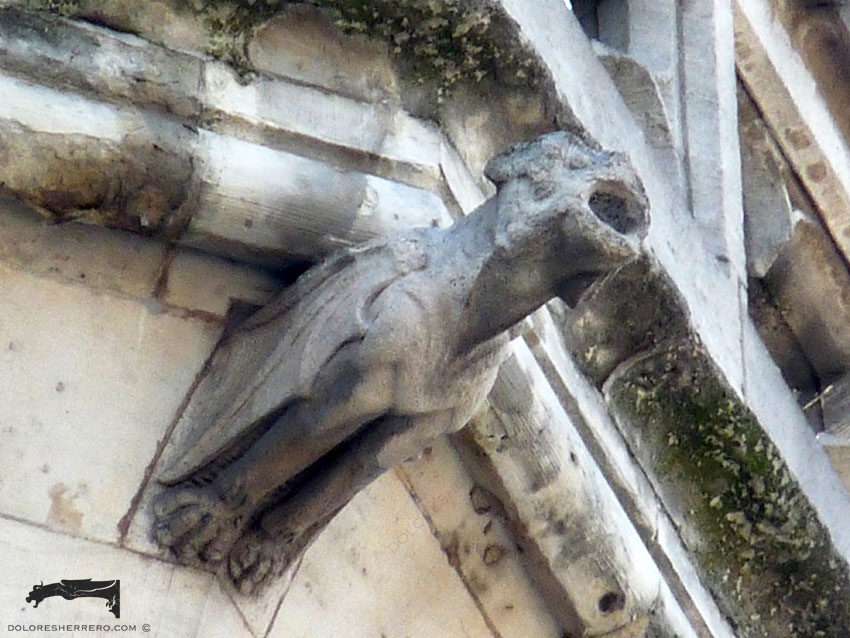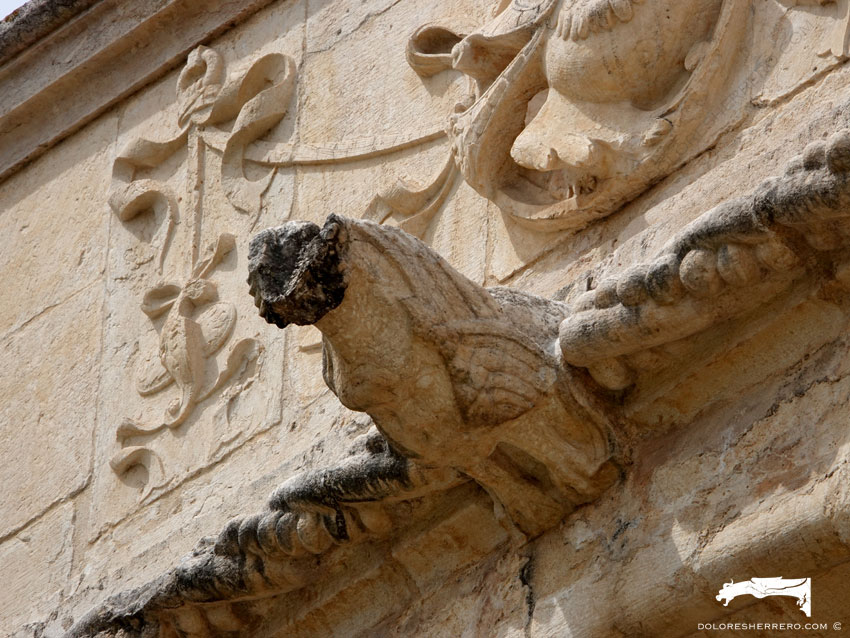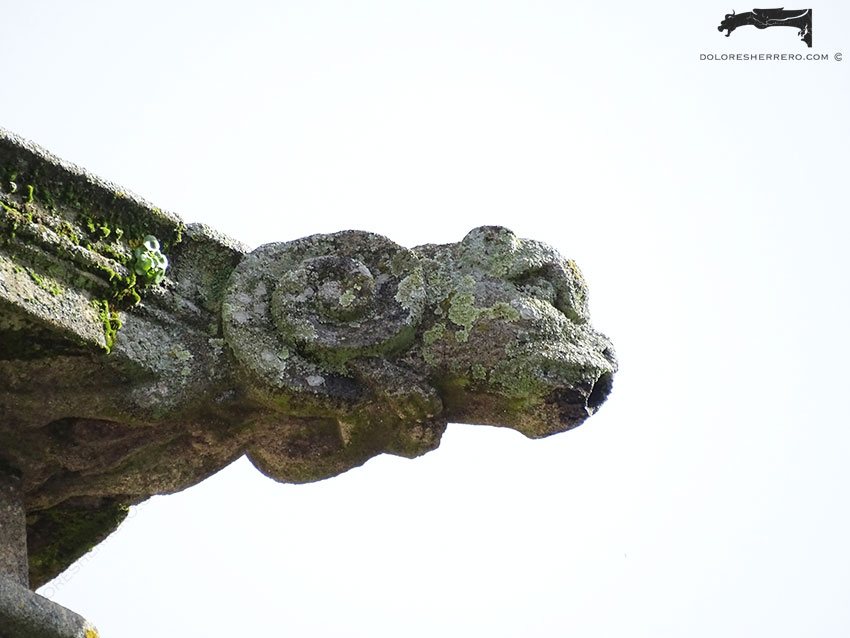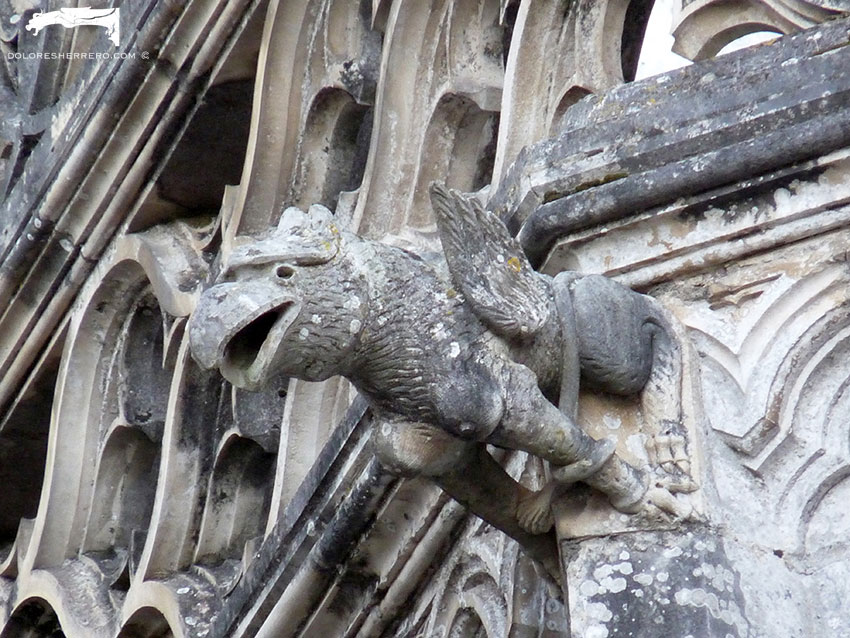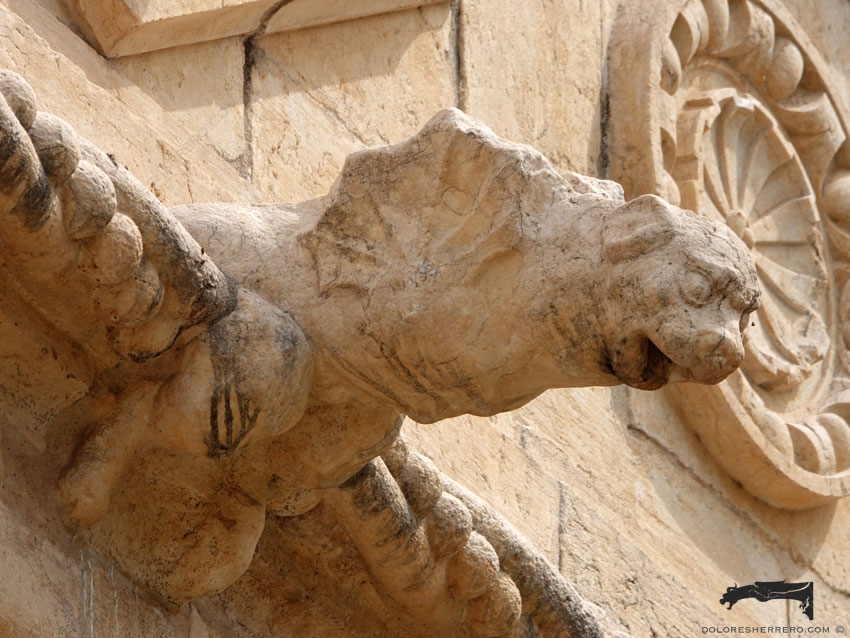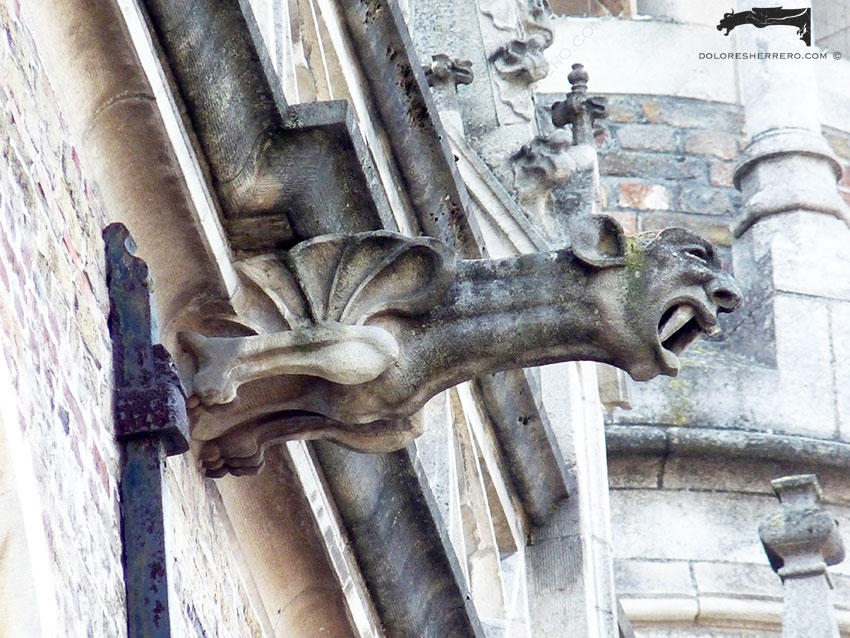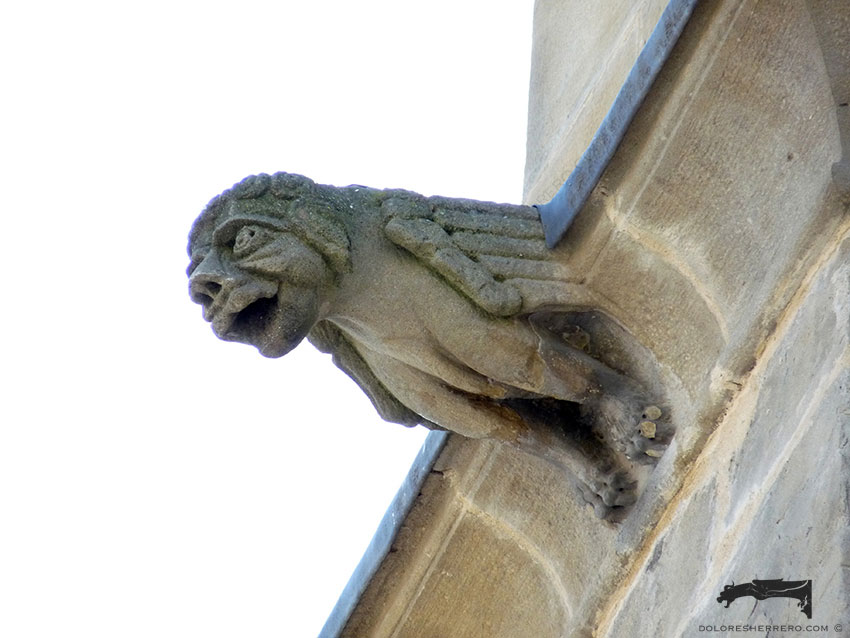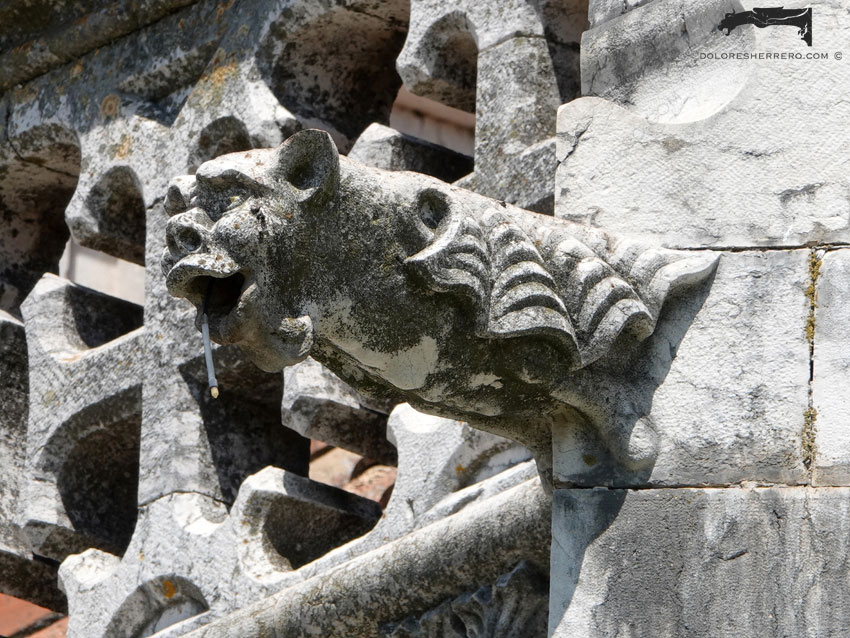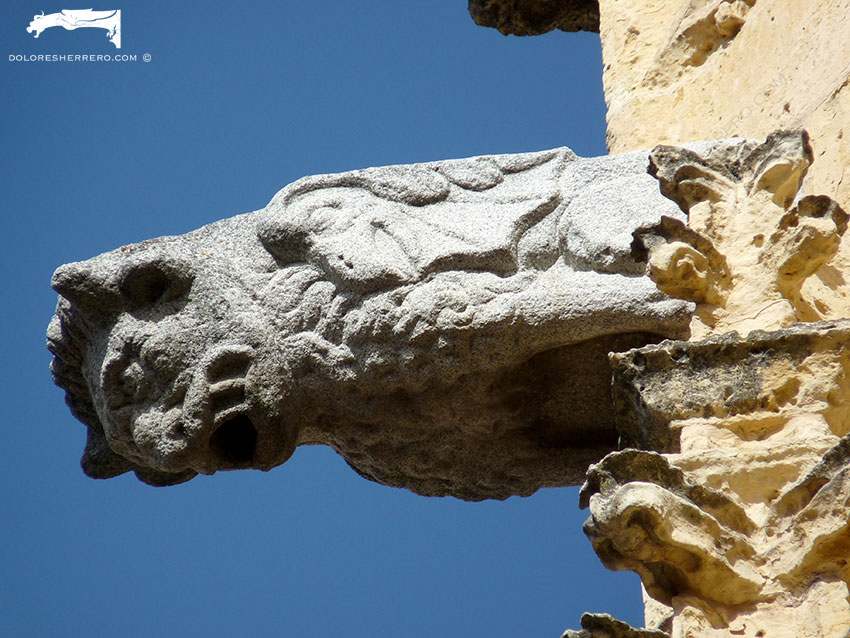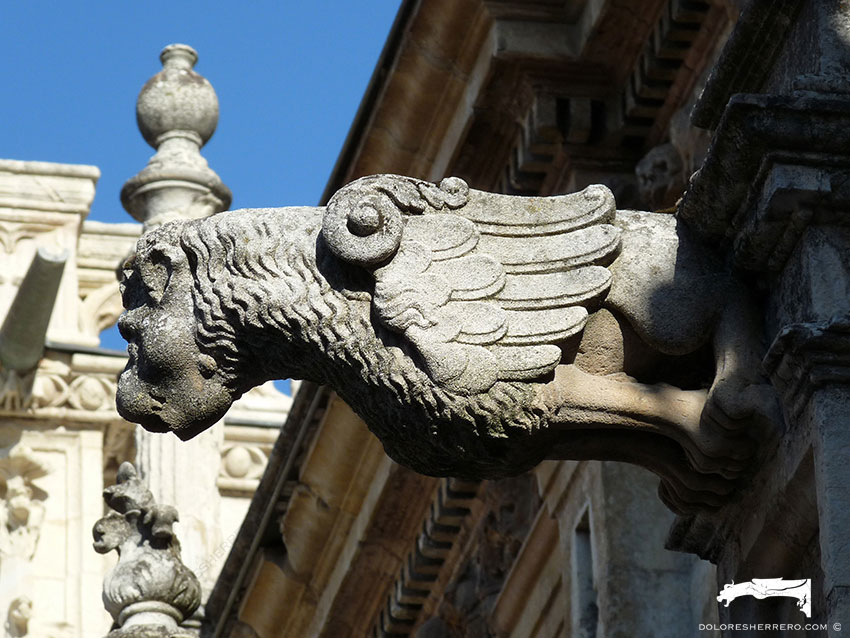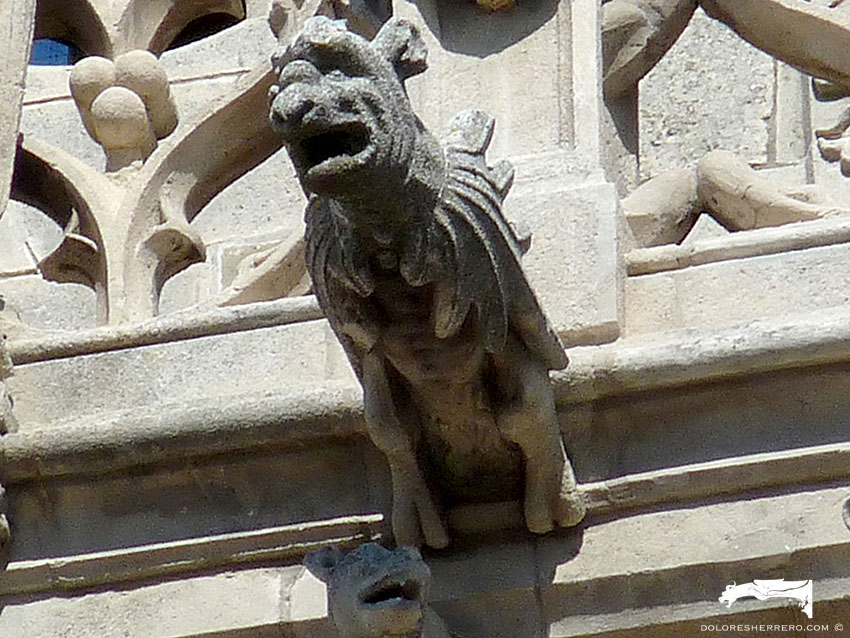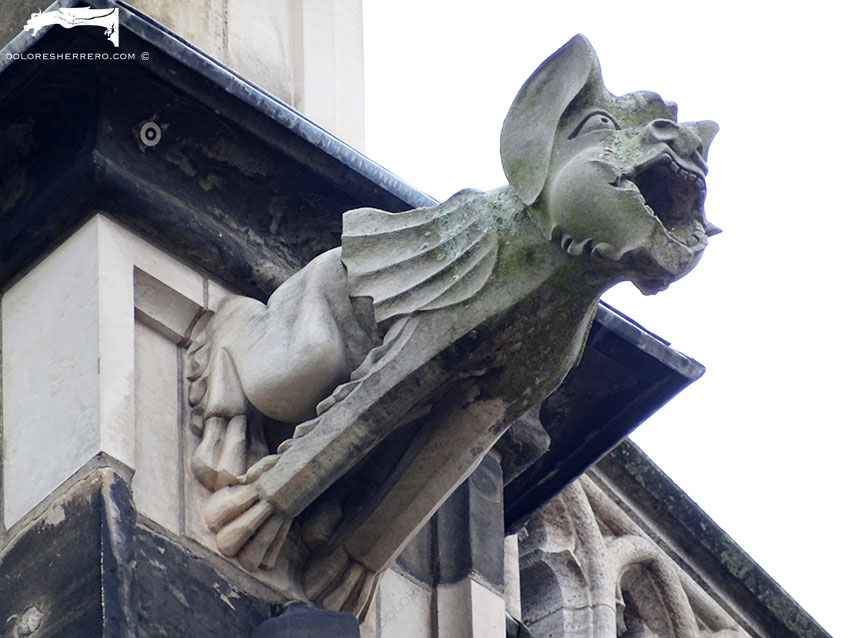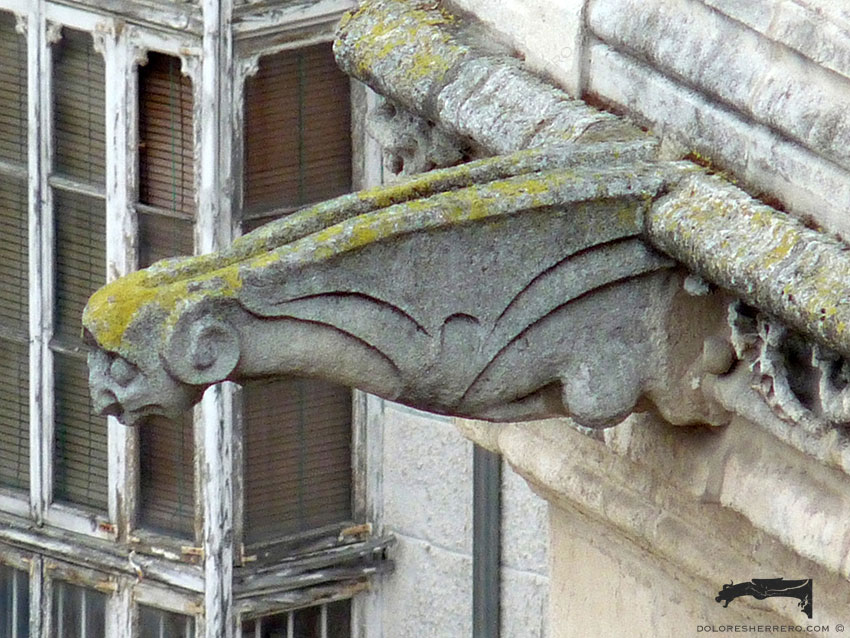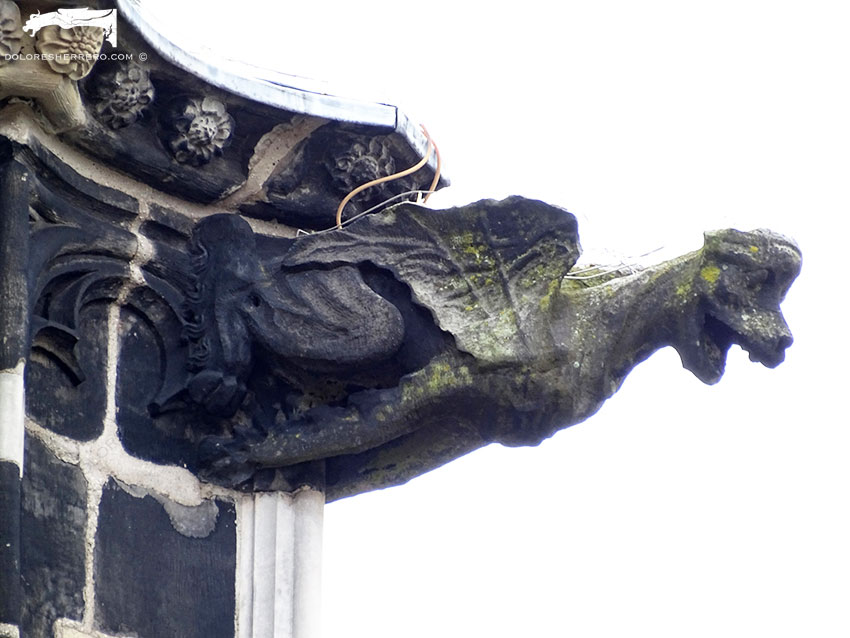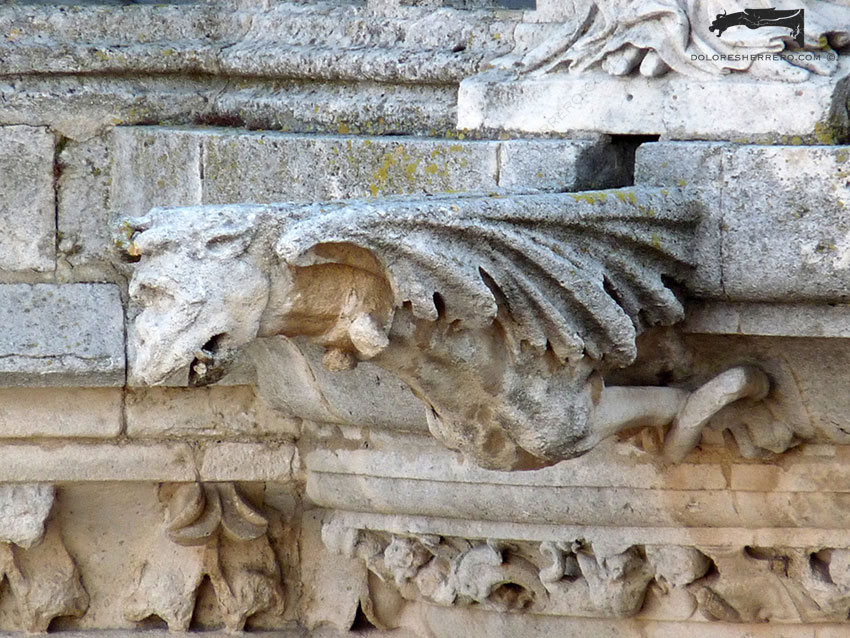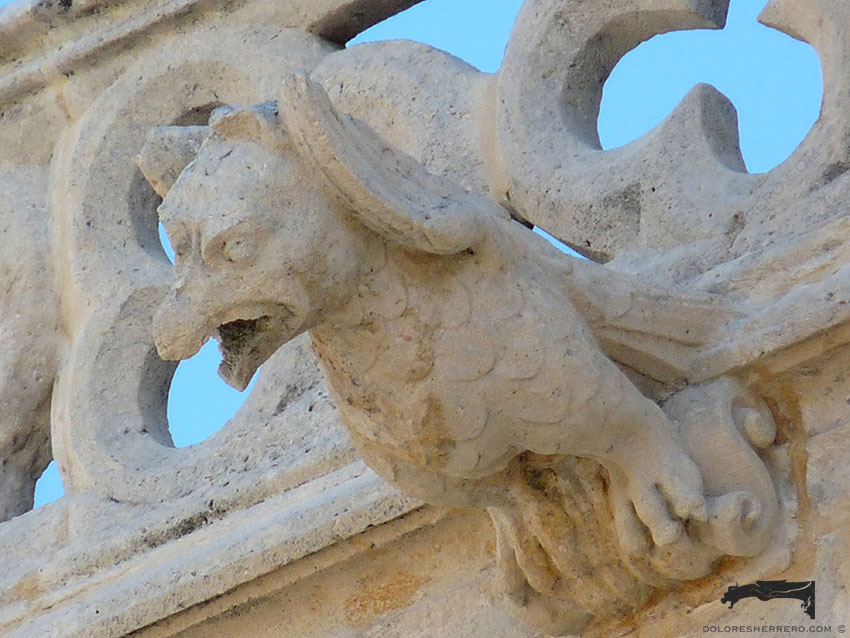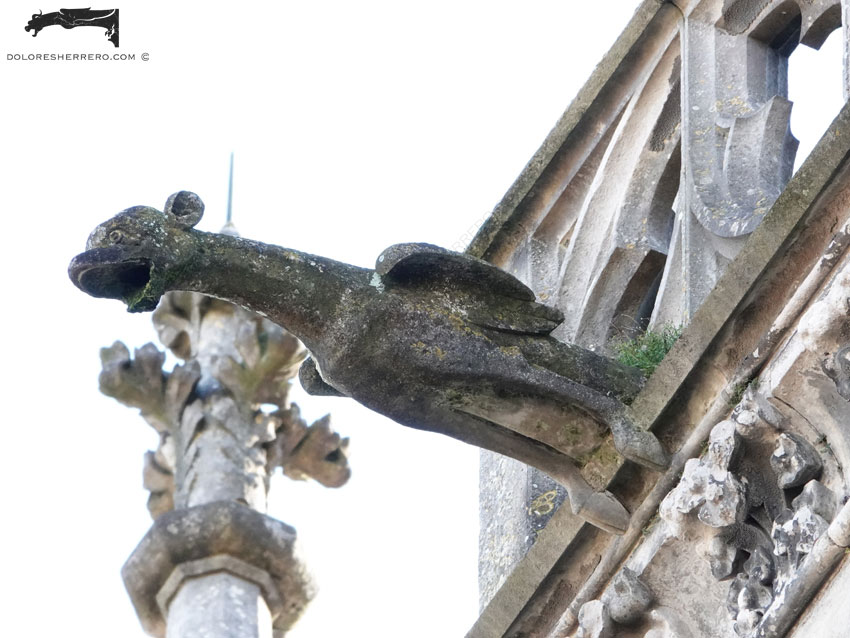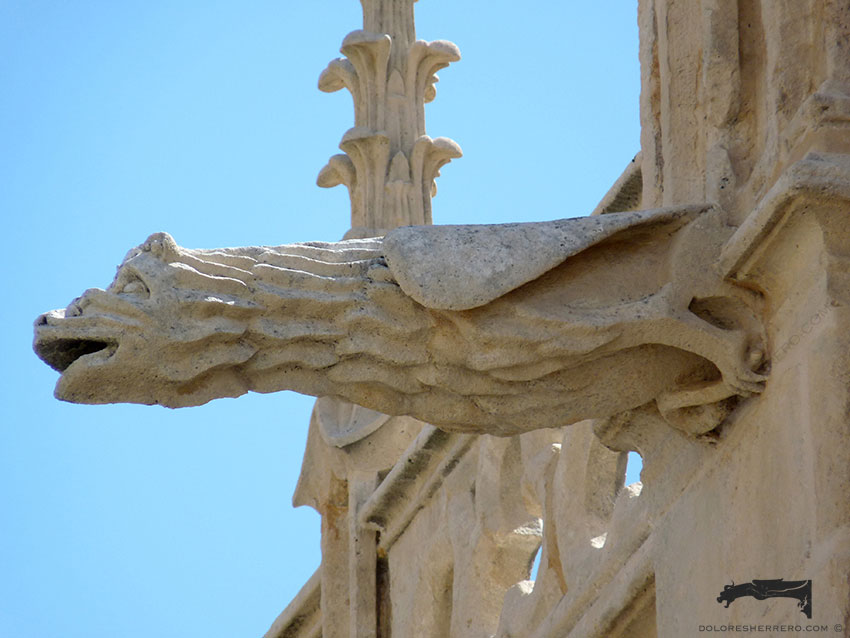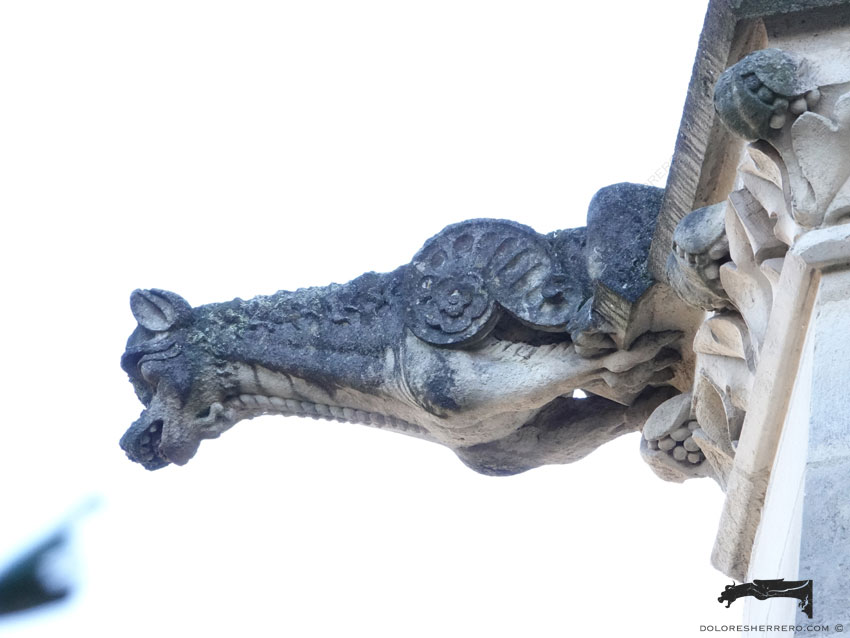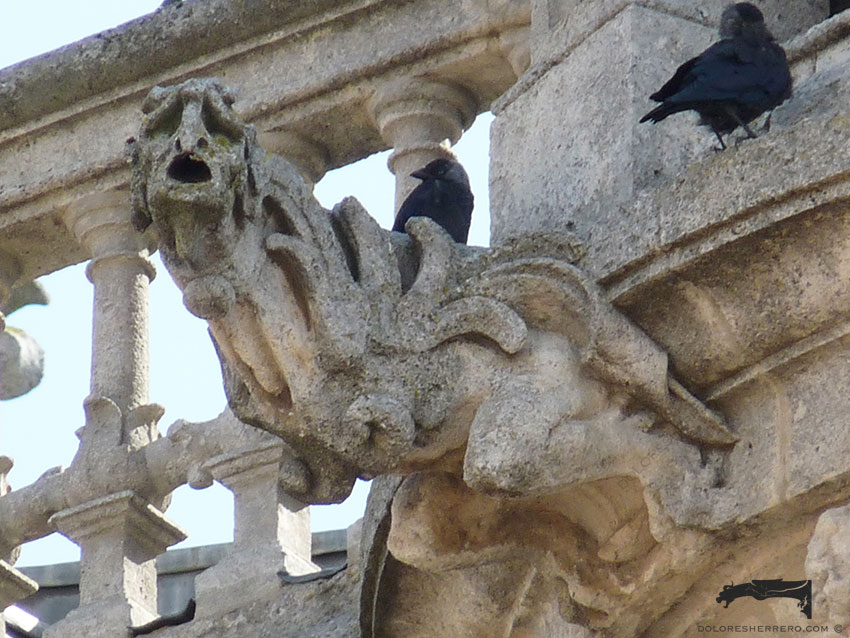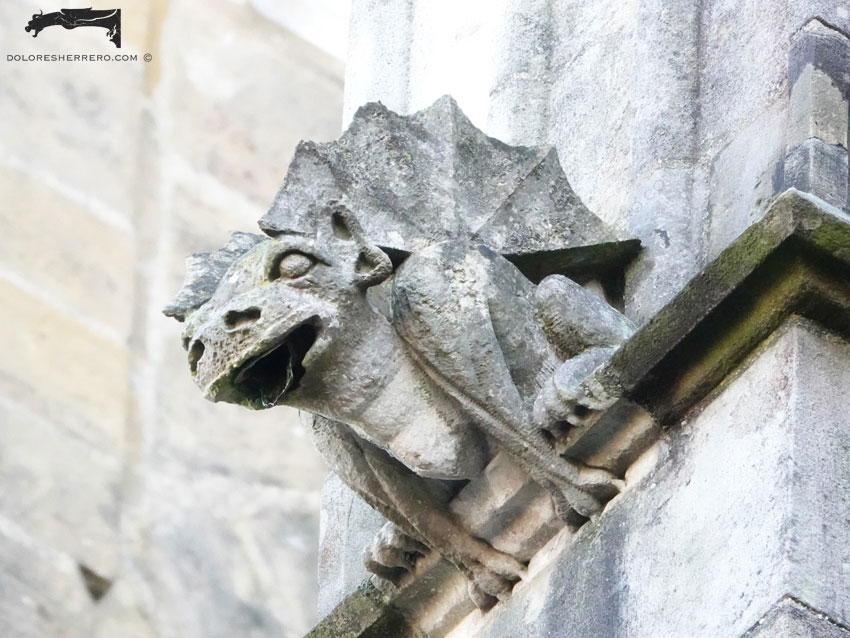There are many characteristics, traits, and common elements that appear in most gargoyles, especially in monsters, demons, and fantastic animals.
Today we are going to look at another unique and important feature that’s probably the most decorative element in gargoyle figures and appears in all the main types of gargoyle.
We are referring to wings, surely the most beautiful feature of birds and a component of many fantastical creatures: art, history and mythology alike all contain examples of the beauty and significance of wings.
Wings enable birds to fly. Birds also use their wings to shelter their chicks, which is why wings symbolise protection. Since wings confer the ability to fly, something that humans have dreamt of doing since time immemorial, this surely explains our fascination with them. To fly is a beautiful verb that we also employ in other senses, all of them powerful and meaningful: we say that we’re flying when we walk quickly, time flies, and so on.
In his research, Mariño Ferro has explored the symbolism of wings since Antiquity. They appear in the work of authors such as Aelianus (2nd-3rd centuries) and Achilles Tatius (2nd century). Wings carry Hermes, messenger of the gods; Fame, goddess and messenger of Jupiter; the superb Pegasus; the devil; and science; the Roman triumph has bequeathed us the image of the angel, messenger of God; and Death also swoops down on wings.
Wings adorn the Sphinx, the Chimera, Horus, the dragon, the basilisk and the siren. Charbonneau-Lassay noted that the Gauls attached unfolded wings to their helmets, and said that back in those remote times, “wings were one of the ideograms of Glory, Beauty, Sublimity and Exaltation, of the favour or expected or received help from Above, of aspirations to spiritual or philosophical heights”.
In its early centuries, Christian art appropriated the wings of the pagan characters Daedalus and Icarus and gave them to the angels and the righteous souls ascending to heaven. Wings symbolise the divine mission and image, which is why angels, archangels, seraphim and cherubim are all depicted with wings. Let’s not forget that the symbols for the four evangelists —a man for Saint Matthew, a lion for Saint Mark, a bull for Saint Luke and an eagle for Saint John— all have wings, too.
The wings of the damned and of the devil have formal and iconographic significance, especially in gargoyles. They’re depicted as bat wings, the membranous wings that Christian art endows to Satan and sometimes to death. As an element associated with the devil —although he can also appear without them— bat-like wings suggest the idea of a fallen angel. A devil with bat wings starts to appear around the 14th century, as described by Dante in his Inferno.
Wings endow gargoyles with beauty, elegance, grandeur and meaning. They’re one of the most prominent, attractive and intriguing features of these figures, possessing infinite shapes and designs: they can be decorated, leaf-shaped, large or small, with reliefs, coiled, fan-shaped, and so on.
Bird’s wings, heavenly wings and demonic wings, these all adorn gargoyles.
The Gargoyles and their Wings
- Brussels City Hall (Belgium)
- Jerónimos Monastery in Lisbon (Portugal)
- San Martín Pinario Monastery (Santiago de Compostela, Spain)
- Batalha Monastery (Portugal)
- Brussels City Hall (Belgium)
- Jerónimos Monastery in Lisbon (Portugal)
- Bruges City Hall (Belgium)
- Mirepoix Cathedral (France)
- Jerónimos Monastery in Lisbon (Portugal)
- Burgos Cathedral (Spain)
- Segovia Cathedral (Spain)
- San Martín Pinario Monastery (Santiago de Compostela, Spain)
- Segovia Cathedral (Spain)
- Batalha Monastery (Portugal)
- Burgos Cathedral (Spain)
- Aachen Cathedral (Germany)
- Burgos Cathedral (Spain)
- Aachen Cathedral (Germany)
- Batalha Monastery (Portugal)
- Burgos Cathedral (Spain)
- House of Shells (Salamanca, Spain)
- Burgos Cathedral (Spain)
- Bayonne Cathedral (France)
- Burgos Cathedral (Spain)
- Bayonne Cathedral (France)
- Burgos Cathedral (Spain)
- Bayonne Cathedral (France)
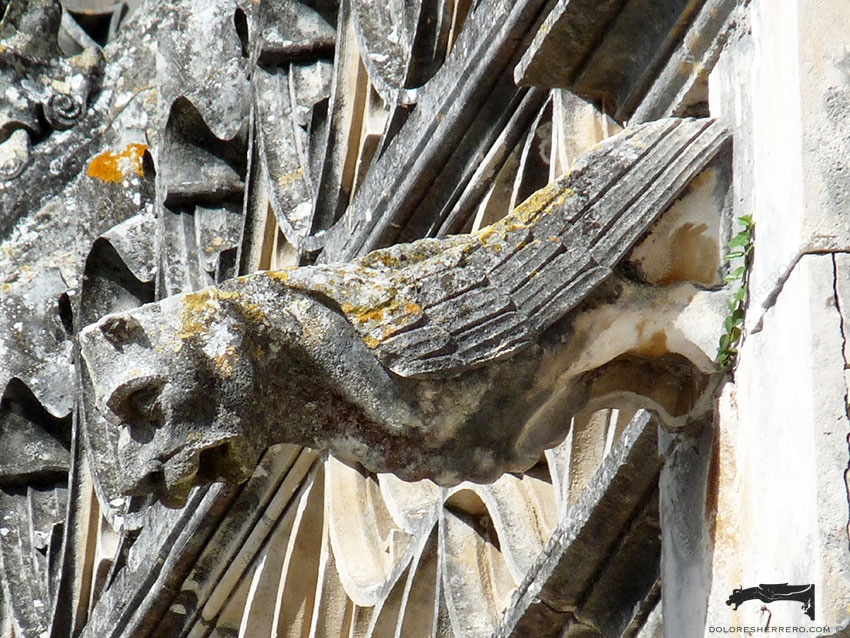
Batalha Monastery (Portugal)
Bibliography consulted
CHARBONNEAU-LASSAY, L., El bestiario de Cristo. El simbolismo animal en la Antigüedad y la Edad Media, vol. I y II, Palma de Mallorca, José J. de Olañeta, Editor, 1997.
FERGUSON, G., Signs & symbols in Christian Art, New York, Oxford University Press, 1961.
LINK, L., El Diablo. Una máscara sin rostro, Madrid, Editorial Síntesis, S. A., 2002.
MARIÑO FERRO, X. R., El simbolismo animal. Creencias y significados en la cultura occidental, Madrid, Ediciones Encuentro, 1996.
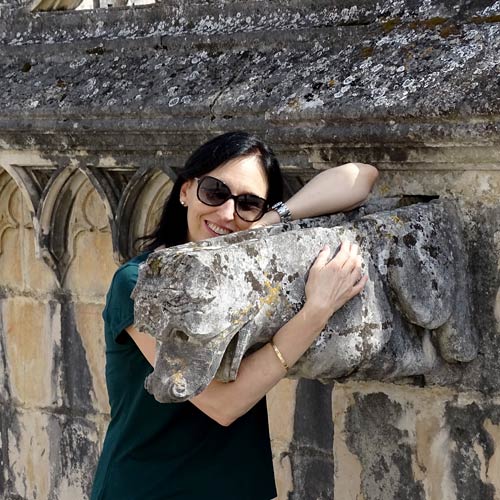
Doctor of Art History and researcher specializing in the study of gargoyles.
I am Dolores Herrero Ferrio, and my thesis, “An Approach to the Study of Gargoyles of Gothic Cathedrals in Castilla and León”, is dedicated to the study of these fascinating figures.
If you like gargoyles and art history, you will also enjoy my book, “The Gargoyle and Its Iconography,” a book I have written with great care for those interested in the world of gargoyles.
I have created my own Encyclopedia of Gargoyles, a Gargopedia to share with you, where you will discover all the secrets and wonders of these enigmatic sculptures.
I hope you enjoy this Gargopedia as much as I have enjoyed creating it, and remember that each gargoyle has a story to tell, and here you will discover them all.
